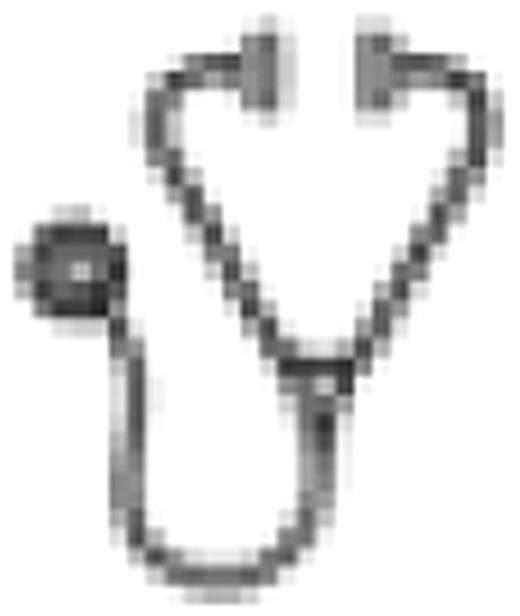Abstract
The incorporation of new drugs as induction therapy before autologous transplantation appears to produce a high proportion of complete responses, slightly superior to those achieved by conventional chemotherapy with new drugs. Randomized trials are needed to directly compare current best chemotherapeutic approach with best autologous transplantation strategy.
To compare melphalan, prednisone and lenalidomide (MPR) with tandem melphalan (200 mg/m2) (MEL200) in patients younger than 65 years.
As induction, all (N=402) patients received four 28-day cycles of lenalidomide (25 mg days 1-21) and low-dose dexamethasone (40mg days 1,8,15,22) (Rd). Cyclophosphamide (4 g/m2) plus granulocyte-colony stimulating factor was used to mobilize stem cells. As consolidation, patients (N=202) randomized to MPR received six 28-day cycles of melphalan (0.18 mg/kg days 1-4), prednisone (2 mg/kg days 1-4) and lenalidomide (10mg days 1-21); patients (N=200) randomized to MEL200 received tandem melphalan 200 mg/m2 with stem-cell support. All patients were also randomized to receive either aspirin or low-molecular weight heparin (enoxaparin) as thromboprophylaxis. Primary end point was progression-free survival; data were analyzed in intention-to-treat.
Patient characteristics were similar in both groups, median age was 58 years. After Rd induction, at least partial response (PR) rate was 84%, at least very good partial response (VGPR) was 32% including 5% complete response (CR). The median yields of CD34+ cells harvested was 10 ×106 CD34+ cells/Kg; 94% of patients collected the minimum dose of 2×106/kg CD34+ cells. After 3 cycles of MPR, at least VGPR rate was 51% and CR 11%. After the first MEL200, at least VGPR rate was 56% and CR 14%. No difference in responses were reported according to cytogenetic abnormalities, such as del13, t(4;14) and t(14;16). After a median follow-up of 12 months, 1-year progression-free survival was 96% for MPR and 94% for MEL200 (p=.92) 1-year overall survival was 98% for MPR and 99% for MEL200 (p=.94). During Rd induction, the most frequent grade 3-4 adverse events were neutropenia (9%), anemia (8%), infections (4%), skin rash (4%), fatigue (2%) and thromboembolic events (1%). During consolidation, the incidence of grade 3-4 neutropenia (97% vs 34%, p <.001) thrombocytopenia (97% vs 16%, p<.001), infections (21% vs 3%, p<.001) and gastrointestinal (17% vs 1%, p<.001) complications was higher in MEL200 patients The incidence of thromboembolic events was similar in patients randomized to receive aspirin (2%) or enoxaparin (1%) as thromboprophylaxis (p=.42).
Rd is an effective and safe induction regimen. Both MPR andMEL200 improved the quality of response, achieved by Rd induction. At present, progression-free and overall survival are not significantly different in the two groups, but longer follow-up is needed. Both aspirin and enoxaparin were equally effective as thromboprophylaxis. These data will be updated at the meeting.
Palumbo:CELGENE: Honoraria. Cavallo:CELGENE: Honoraria. Patriarca:CELGENE: Honoraria. Caravita:CELGENE: CONSULTANCY. Boccadoro:CELGENE: CONSULTANCY, ADVISORY COMMITTEES, Research Funding.

This icon denotes an abstract that is clinically relevant.
Author notes
Asterisk with author names denotes non-ASH members.

This feature is available to Subscribers Only
Sign In or Create an Account Close Modal